The figure of displaced people is now more than 60 million. Syria, Afghanistan or Somalia are some of the countries these people are fleeing. We will examine this humanitarian crisis to try to understand what is happening.
A refugee is a person that is outside their country of origin due to a well-founded fear of persecution based on their race, religion, nationality, belonging to a certain social group or their political opinion. In the world today, there are more than 60 million displaced people, according to a report by the United Nations High Commissioner for Refugees (UNHCR), the highest figure since the Second World War. In other terms, the number of people fleeing is almost the equivalent to Italy’s entire population.
The situation of refugees in the world is complex. Different conflicts and political situations in their countries of origin force them to flee and seek asylum in other countries. Next we will explain the situation of refugees in the world during 2016.
Which countries are they fleeing?
Most are fleeing from Syria due to the civil war ravaging the country. There are 4 million Syrian displaced people, most of which have taken refuge in neighbouring countries. Afghanistan is the second country, with 2.6 million, followed by Somalia with 1.1 million. Sudan, South Sudan, the Democratic Republic of Congo, Myanmar, the Central African Republic, Iraq and Eritrea are other countries refugees are fleeing.
Which countries are taking in refugees?
Turkey is the country that has taken in more refugees so far, with a total of 1.6 million. Pakistan with 1.5 million is the second country that has welcomed more refugees. Lebanon also has more than a million, followed by Iran, Ethiopia and Jordan, with over 500,000 each. Kenya, Chad, Uganda and China are countries that have taken in a larger number of asylum seekers.
Which countries are granting asylum?
According to figures from Amnesty International, Germany has pledged to take in 39,987 Syrian refugees through its humanitarian admission programme, which accounts for roughly 54% of the European Union. From 2011 to 2015, Germany and Sweden have taken in 57% of Syrian asylum requests in Europe. The 26 remaining EU countries have pledged to take in some 30,930 refugees.
Which countries do not grant asylum?
The rich Gulf States such as Qatar, the United Arab Emirates, Saudi Arabia and Kuwait and Bahrain have offered no resettlement for Syrian refugees. Other countries such as Russia, Japan, Singapore and South Korea with a high GDP have neither offered to resettle refugees.
Why are refugees fleeing?
There are three main reasons: conflicts, poverty and climate change. In the Middle East and Africa: the war in Syria is one of the main reasons. In Somalia the growing violence in Horn of Africa has forced many people to flee. Nigeria is experiencing the violence of Boko Haram, and in the Democratic Republic of Congo domestic violence in the country continues to surge.
In Eritrea there is an autocratic Government that has been internationally isolated and is forcing many families out of the country. In South Sudan the civil war is a conditioning factor. In Myanmar, in turn, the Rohingya refugees are escaping from the country’s authorities and are discriminated against based on their race.
Which are the routes taken by refugees?
During 2015 some 200,000 people arrived in Europe crossing the Mediterranean Sea. The Greek islands after crossing from Turkey, or the Libyan coast trying to reach Italy have been some of the routes followed by many refugees from countries like Syria or Afghanistan trying to reach the European Union. The movement of people within Africa is also high. In 2014 there were some 3.7 million refugees and 11.4 million internally displaced people. In Asia, the Andaman Sea is the main pathway taken by the Rohingya escaping from their own Apartheid in Myanmar.

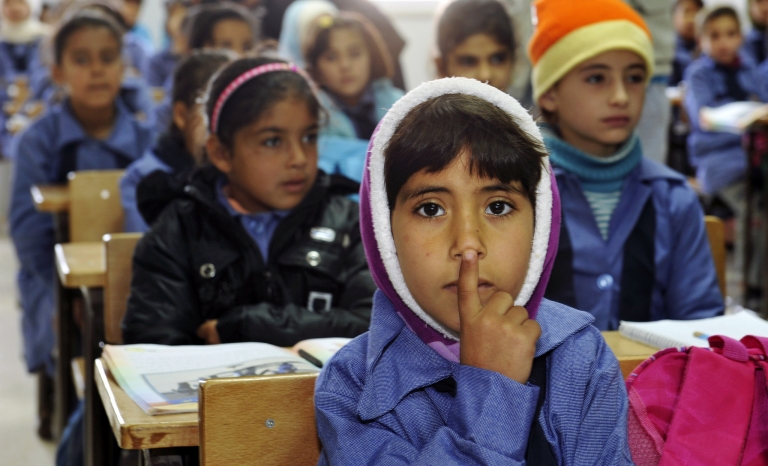
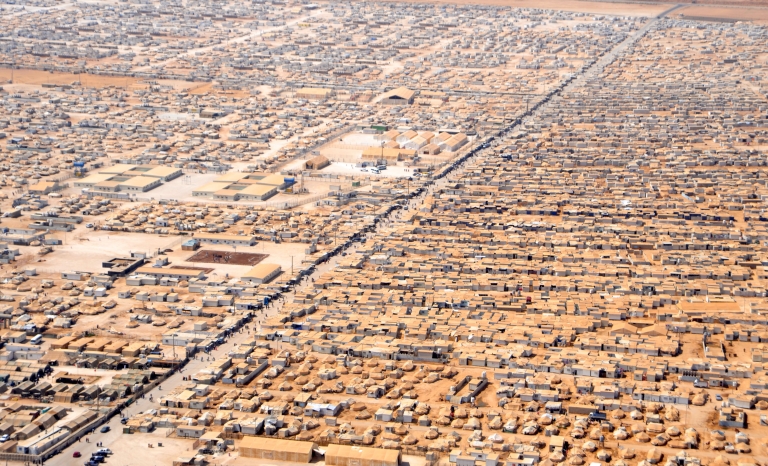
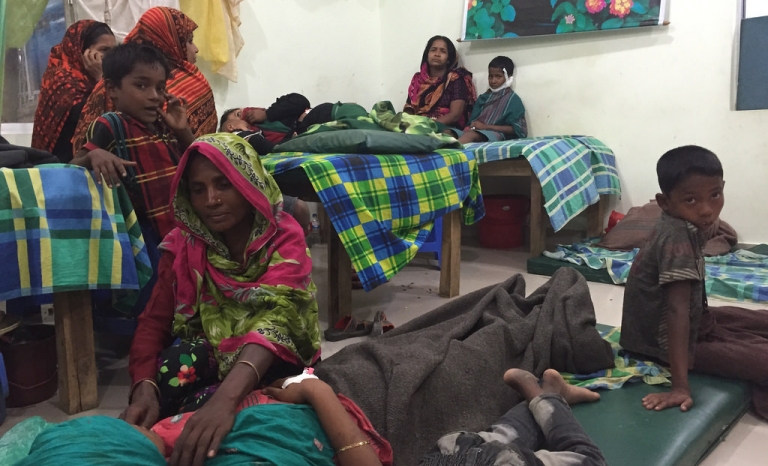
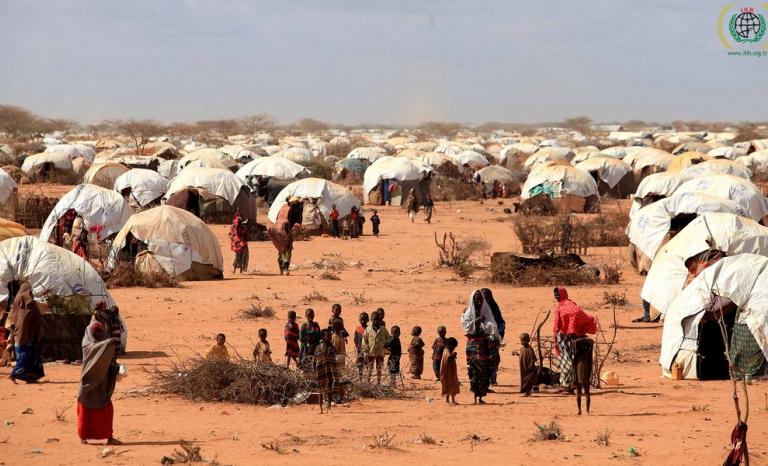
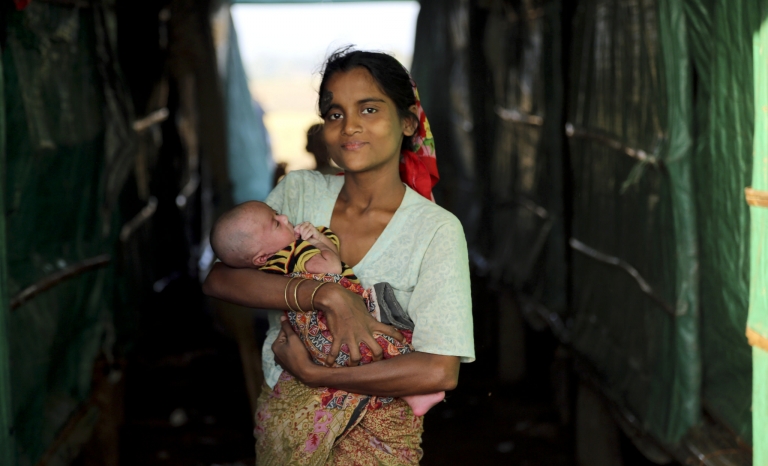
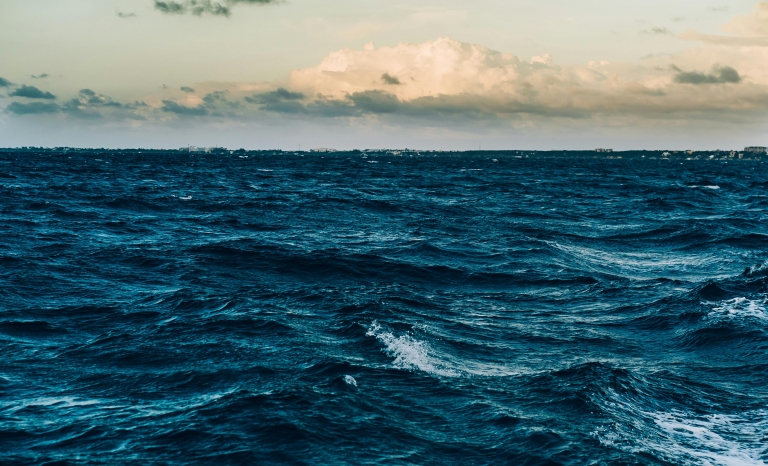
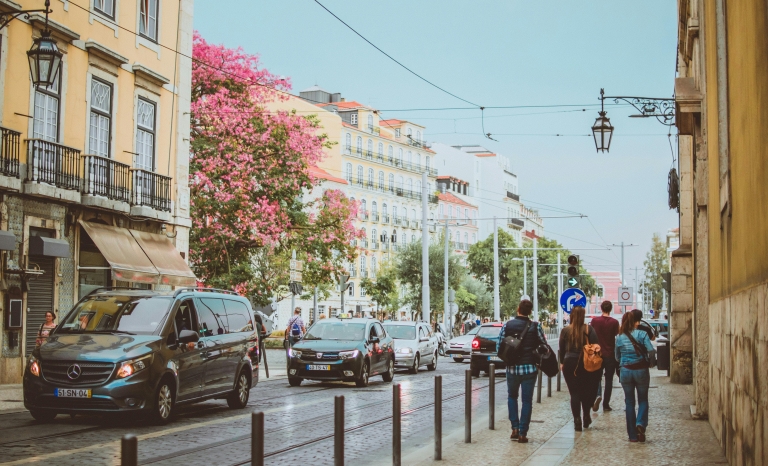
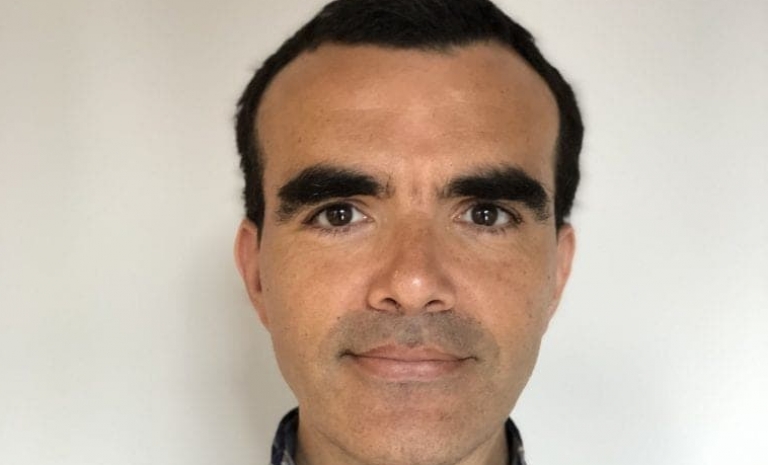
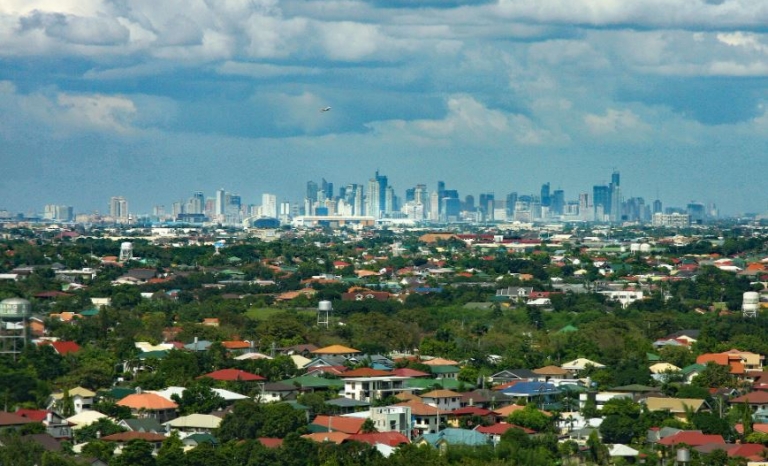



Add new comment